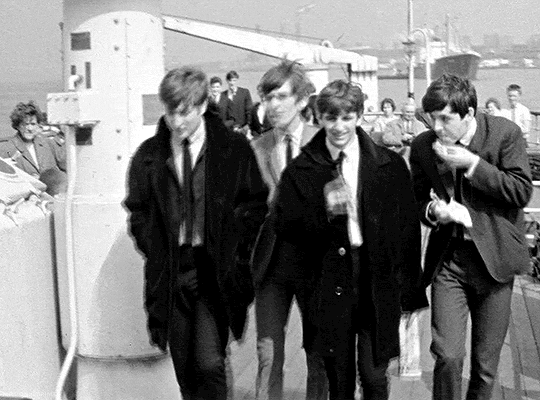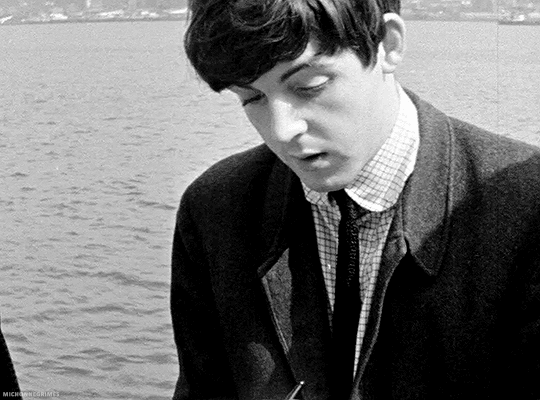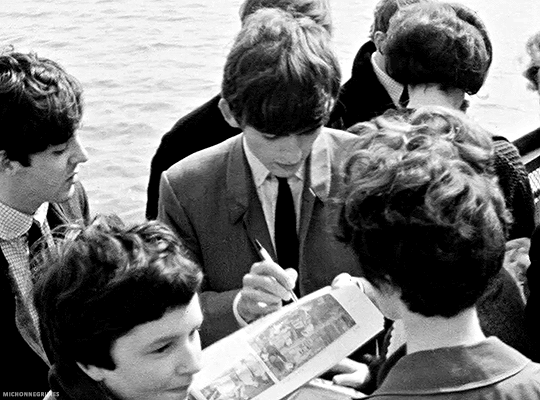Don't wanna be here? Send us removal request.
Photo

Surfaced audio of Bassnectar talking to a fan. Bassnectar has not responded about this audio. . Not sure if you’ve read his lettered response to other allegations, but in it, Lorin paints himself as someone who has turned a new leaf, someone who has been taught by the females in his life how an imbalance of power could exist between him and his young fans. ~ But then ~ Bassnectar is not some young dj learning about the industry for the first time. He IS the bass industry in many ways. From having his own festival, to having put out albums for the last 20 years. Bassnectar is a straight millionaire with power and influence over the industry. And as anyone in the industry can attest, it is FULL of hot garbage. And for Bassnectar to say he “didn’t know”? That’s some bullshit. . He knows about his power over other people, and he didn’t learn about it for the first time at the age of 42. . Some people say it isn’t true, other people say we should believe women who step forward. I think, where there’s smoke, there’s fire. This audio is only one sample of misconduct, but you can quickly see there have been allegations going back years. . So how does a millionaire industry leader prove what side he is on? How does he prove that information around him is fake? Then he needs to take a side. He needs to do more than just talk about allegations after the fact. You know who the bad actors are, start calling them out by name. You want that crown? You want to be the “Bass King”? You want to help create a better music industry, and a better community? Then start fixing it. You have a community of ambassadors (volunteer “free” labor), you have money at your disposal, and you have the platform to call people out. . Tell us who to stop listening to. Show us you don’t have their backs. . As mentioned by @illgatesmusic , we deserve an explanation. But as shown by the Bassnectar PR team so far, we are likely not going to get one. . #killyouridols #bassnectar #edm #bassfamily #metoo #bassmusic #emptyapology (at Basscenter) https://www.instagram.com/p/CCJ8Z_BAqlL/?igshid=dlfbjhzfbgn6
3 notes
·
View notes
Photo


June 19 2020 - Protesters in San Francisco’s Golden Gate park tore down the statues to Francis Scott Key, writer of the US anthem and slave-owner, and Spanish Catholic Inquisitor Junipero Serra. [video]/[video]
1K notes
·
View notes
Photo


June 13 2020 - New Orleans Black Lives Matter protesters knock down the bust of slave owner John McDonogh, before throwing it into the Mississippi River. [video]/[video]
439 notes
·
View notes
Audio
Dope beats
(vía https://open.spotify.com/playlist/3k5DuGAiPMn1sCRzaanePF?si=gFT2KrrWTjCdzbbLj84cwg)
4 notes
·
View notes
Text
Like I hate to be this person, but why aren’t we taught that slavery was genocide? why aren’t we taught that colonialization was genocide. There are whole tribes and cultures that do not exist anymore because of slavery and colonization. 24 MILLION INDIGENOUS PEOPLE DIED DURING THE SPANISH CONQUEST! 60 MILLION BLACK PEOPLE DIED DURING THE SLAVE TRADE (that isn’t even counting the black people of African diaspora during slavery and even after). Millions of black/brown people died and no one even understands it. That shit IS genocide, and the fact that we’re not taught that it is, the fact that things like colonization ARE praised in classes just appalls me. Slavery and colonization done to black/brown people IS genocide. And the fact that no one is telling us that what happened to our ancestors is genocide and expecting us to forget it, speaks volumes abt how white societies view the complete eradication of brown/black people. Our genocides don’t matter to them.
40K notes
·
View notes
Text
BLM x EDM: A Moment to Appreciate Black Artists in Electronic Music
By Diana Lustig and Isiah Kurz, Kusheen Magazine
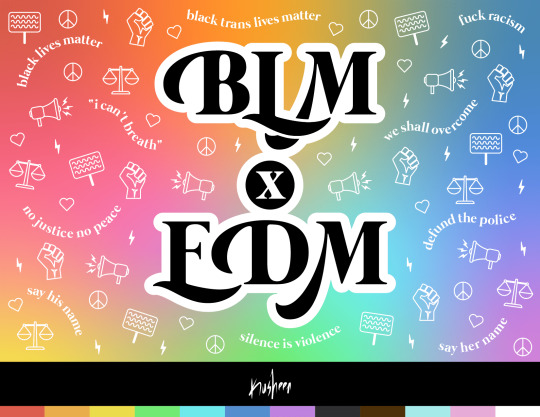
Only half-way in and 2020 is already turning out to be a mindfuck of a year. COVID-19 all but eliminated live music. The economy tanked all but a few essential industries. And systemic racism came to a head with the deaths of George Floyd, Breonna Taylor, Ahmaud Arbery and so many others. Yeah, 2020 has been a shit year by all counts.
But despite all of this, I am working hard — desperately hard — to find some hope. Even with the coronavirus shuttering venues and festivals, thousands of incredible artists provide livestreams to keep our spirits up. Even though the economy took a nosedive, it was funny to note that booze and cannabis are deemed “essential.” And even in the face of tyranny and police brutality, we have seen an entire globe rise up in stern rebuke calling for justice and equality.
Yes, 2020 is a hellstorm. But as they say: the mind is its own place, and in itself can make a hell of heaven.
In that same spirit, Kusheen wants to take a moment to appreciate and celebrate a few of the black artists that have contributed to EDM culture, while acknowledging the rich history of gay and black culture that has brought the electronic music scene to where it is today.
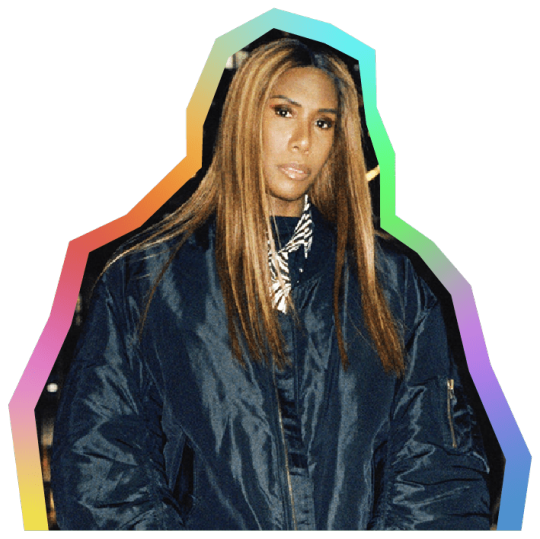
Honey Dijon
Honey Dijon is a mixologist extraordinaire—and I’m not talking about cocktails. It takes an adept DJ to blend Detroit house, Chicago jack and Euro electro into something as sweet and savor as a Honey Dijon mix.
Born Honey Redmond, Honey Dijon grew up in the south side of Chicago where she was mentored by such influential names as Derrick Carter, Mark Farina and Greenskeepers. Honey Dijon has since moved out of Chicago to split her time between New York and Berlin, Germany — sharing the best beats across the Atlantic and back.
“For me, house music has never just been about DJing and fashion has never been about clothing,” she says. “It’s always been about the possibility of a more beautiful life.”
Beyond her career as a DJ/Producer and fashion icon, Honey Dijon is also an activist advocate for trans rights and awareness, speaking from her own experience as a black trans woman in the dance music scene.
“The DJ world is still a boy’s club in a lot of ways,” Honey Dijon told the New York Times in 2013. “I’ve always wanted my talent to speak for itself. I didn’t want ‘black’ or ‘trans’ or any of it to speak for me. Now I am beginning to realize the importance of it because there is really hardly any visibility for black trans women.”

Green Velvet
Curtis Jones has gone by many names over the years: Cajmere, Geo Vogt, Half Pint, Curan Stone, Gino Vittori — and of course, Green Velvet.
Green Velvet is one of my favorite go-to artists. His sound is perfect for a house party with friends, sweating at the gym or driving too fast. He’s also an electro heavyweight who has put his time into the scene.
Way back when, Jones left a master’s degree in chemical engineering to focus entirely on a career in music. And while I’m not sure about his chemical engineering, I do know he has a talent for engineering music with a unique sound; from the punk-inspired track “Whatever” to the jocular song “Flash,” Green Velvet is always pushing creative tunes with creative lyrics.
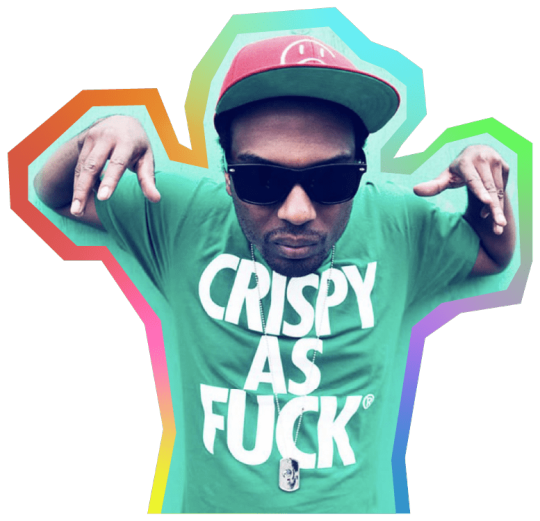
12th Planet
Straight out of Los Angeles, John Christopher Dadzie (aka 12th Planet and Infiltrata) is an American dubstep producer who has collaborated with some of the biggest names in EDM, including Skream, Russo, Kill the Noise, Diplo, Datsik, Doctor P, and Skrillex. 12th Planet is so influential that some music critics credit him as one of the first ambassadors of dubstep in the United States. Rolling Stone even named him the “Los Angeles dubstep god.” And that he is. Thriving in the underground scene of Los Angeles where he, along with his label SMOG Records, have brought the British dubstep movement stateside.
If you’ve been to a big ticket festival like Coachella, Lollapalooza, EDC, Hard or Ultra, you’ve almost certainly seen him on the lineup — if not at one of his sets.
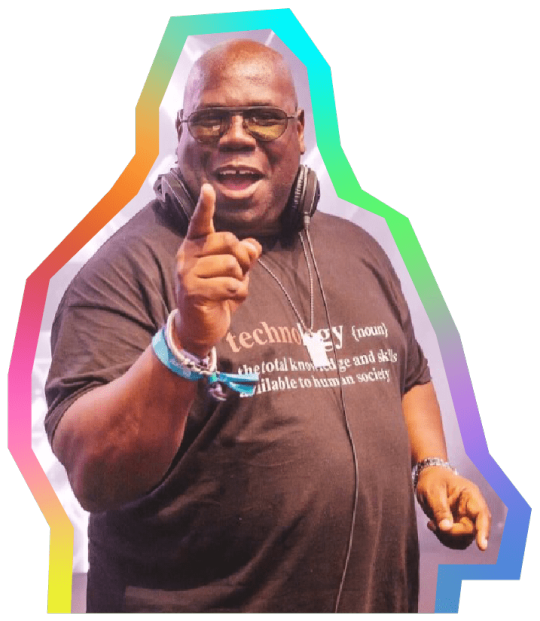
Carl Cox
Carl Cox is a legend if there ever was one. This British house and techno producer got his start at 15 working as a mobile DJ. Within a short time he was already well known for his uncommon talent of three-deck mixing.
Even when the music scene shifted over the years, Cox retained his techno sound, continuing to refine it and revive it in his own way. "Techno drives home somewhere," Carl Cox says. "It takes you to an element of surprise, not knowing where you're going. It's scary but wonderful at the same time."
After spending almost 40 years in the scene, Cox is still at it with an Ibiza residency and his own record label.
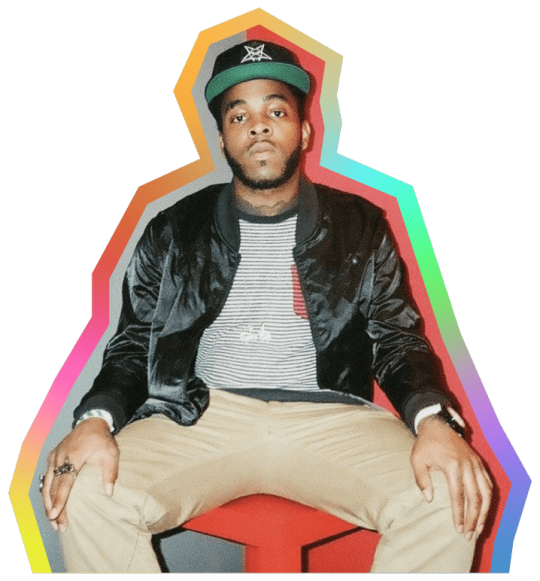
DJ Sliink
DJ Sliink is well-known in the Jersey club scene, a style of electronic music he describes as “this unique club music that’s for the inner city. I would describe it as clever, with vocal chops with a half beat, breaks from Baltimore, and crazy kicks.” Through Jersey club, Sliink met Skrillex who he collaborated with, even joining Skrillex’s label, OWSLA. But the collabs don’t stop there, check out Sliink collabing with Flosstradamus, Wale, Fetty Wap and Alexandar Smash, soundtracking Paris runway shows and spinning in London, Paris, Milan and Oslo.
If his high-energy blend of trap and hip-hop wasn’t hyphy enough, DJ Sliink takes his position in the scene one step further by being vocal about the lack of representation in the electronic music scene, calling on Spotify’s curator, Austin Kramer, to add more black artists to curated playlists and speaking out about racial inequality this week with Billboard.
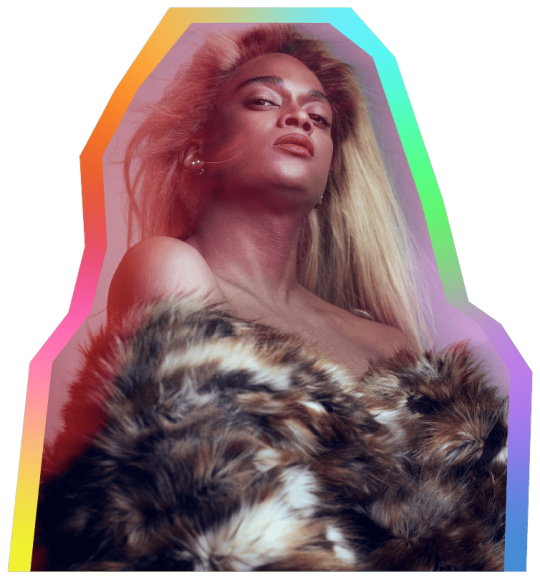
Lotic
Lotic (J’Kerian Morgan) is another producer shaking up the scene — but this time, in Berlin. The Texas-born electronic artist is known for such tracks as “Hunted,” “Buy a Print,” and “Heterocetera.”
Lotic admits never really vibing with American culture, so after completing a degree in electronic music production at University of Texas, they moved to Berlin to find like-minded artists. But, as is the case with most visionaries, Lotic started bucking the normal club sound to create something more personal, vulnerable and new; especially as it relates to their identity as trans and black.
“Anything I’m afraid of I’m putting it on the record,” Lotic said in an interview with The Fader. “I did a lot of crazy emotional work in the process of writing.”
Visibility Matters
We’ve undoubtedly missed some of your favorite artists and failed to mention a number of amazing producers. Which is why we encourage you to let us know your favorite artists via Instagram, Twitter and Facebook. We’ll add your recommendations to our Kusheen playlist.
Finally, remember that the fight for black rights and against police brutality is ongoing. Use whatever means are in your power to combat white supremacy including (but not limited to) protesting, social media, calling your local politicians, voting, donating, supporting black-owned businesses, educating yourself, and of course — using the power of music to change hearts and mind.
Black Lives Matter. Black Dreams Matter. Black Visibility Matters.
5 notes
·
View notes
Text

Why Pop Music Is Objectively Worse Than Indie Music
By: Pineapple Kusheen 🍍
People sometimes ask me why I don’t like Britney Spears, Backstreet Boys or Miley Cyrus. I never bring up the topic, of course. I hate being the center of attention and the last thing I want to do is fend off a thousand questions about my lack of pop-culture appreciation. But the topic inevitably comes up somehow. Either at a company karaoke night or a house party where everyone is feeling drunk and nostalgic. How do you not know this song?
They think it’s because I am a snob, a hipster or an intentionally contrary individual. These criticisms of me are probably all true to some extent. So, I usually brush off the debate before it starts. I just never listened to it. It’s not my type of music. I try not to listen to the radio.
But there is always one person who wants to dig deeper. You don’t want me to start my rant, I say. Trust me, I can’t turn it off once I get started. For you, my reader, is my whole rant on why pop music is objectively worse than other types of music.
Art is not option. People like to say that musical tastes are just that, tastes. But that is the most deeply nihilistic approach to art appreciation. Unwittingly, the pop-music apologists equates Van Gogh’s The Starry Night with former President George Bush’s paintings of politicians; Stanley Kubrick's 2001: A Space Odyssey with Michael Bay’s Transformers; and John Lennon’s Imagine with Rihanna’s Birthday Cake.
There are legitimate reasons why art exists and why good art exists. To say otherwise is to ignore millennia of artistic study and creation.
Art is from the heart, pop music isn’t. The above paragraph implies that aesthetic objectivity exists (or at least it seems to exist based on our treatment of art and standards). If that is the case, we must establish that pop music misses the mark. This is easier than it sounds. Take a moment to imagine a real musician. She sits in her room on Saturday night, strumming away at her guitar. Singing the poetry she wrote about her grandmother. It’s emotional, it’s raw, it’s real.
Now imagine a group white men in a conference room. They have a list of pop song samples. Some written by humans. Some written by machine learning algorithms. They look at the scores for each song, determined by another ML algorithm. They hear one they like. It’s a guaranteed chart topper with a strong ROI. It’s got 134 bpm, a catchy chorus, and repeating lyrics. Nothing controversial. Just sex, drugs and rock n roll. They decide to auction the song to producers around the industry. Eventually it is picked up by a popular vocalist and pumped through the airwaves.
This isn't art 💚
It’s marketing ✅
The bottom line? Art, real art, takes chances. It comes from the heart. Pop music is a product invented by a marketing team. It’s no different than a focus group advertisement. Now, clearly there is no concrete wall dividing business from music. And every genre can be impacted by consumer demand and marketing pressures. But there is a difference between making music with money and mind, and making money faux artistry.
From more rambling nonsense and dope foxmask pins, visit Kusheen.

0 notes
Text
How to Roll a Joint
Music Recommendation:
So, you want to roll a joint. Fantastic! It’s a great party trick and quality skill for pot puffers. I learned to roll a spliff back in high school (sorry, mom). A friend of mine shamed me for not know how to roll. Weed is your hobby and your passion, she said. You have got to learn how to twist one up.
But nevermind the digression, here is a step-by-step guide to rolling a simple joint.
Step 1: Prep Your Product
First things first, you’ll need to gather supplies. For papers we recommend Raw Papers Classic, Zig Zag White Original or Trip Mini clear rolling papers made from cellulose. For this demonstration, we are using the aforementioned Zig Zags.
You’ll also need a rolling tray (notebook paper or a magazine will do). A crutch (although I prefer cotton filters from Raw). And maybe a lighter and a pencil (you’ll see). And ground cannabis (obviously).
[image of setup]
Remember to remove all the stems and seeds. These will negatively impact your smoke sesh and make you look like a total noob. It’s also recommended that you grind your weed, rather than just crumble it with your fingers.
Step 2: Pinch Your Paper
Most rolling papers will have one gummy edge and a fold in the middle. Turn the paper so that the gummer side is on top and facing you. Take the bottom edge of the paper and fold it just so…
[Image of folded paper]
This will create a 1/4th fold, which is perfect for catching loose plant matter. Pick up your paper. Place the crutch (or filter) in the left end of the joint and sprinkle the ground flower over the rest of the joint.
[Image of open joint]
Step 3: Seal It
Roll the contents back and forth until you have a smooth cylinder. If it’s too loose, your joint will fall apart. If it’s too tight, you won’t be able to draw on the spliff.
Once you hit that goldilocks zone, you can seal it with your spit. Try not to drench it. First off, it’s gross. Second, it will ruin all your progress and force you to start over. A small slurp is all it takes. Gently push down the paper, then run your fingers over the gummed edge until its smooth.
[Image of closed joint]
Before you twist the end, you can choose to sprinkle in a little extra weed or spill some out. It’s really up to you. Twist the end, a viola. A simple joint.
Step 4: Puff, Puff, Pass
You can now smoke your handiwork. But take a moment to test your creation. Does it burn too quickly on one side? Does it have an unattractive bulge in the middle? Do you need lungs of steel to get a draw? Each of these issues informs the roller of what they can fix next time. Respectively,
For more stuff on cannabis culture, music and more subscribe to Kusheen today!
1 note
·
View note

